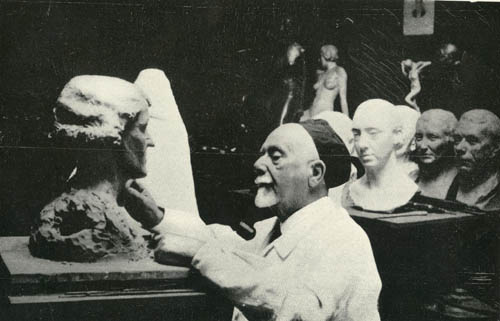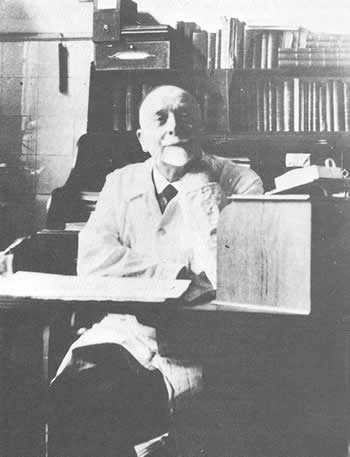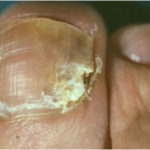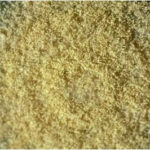Date: 6 November 2014
Copyright: n/a
Notes:
In addition to being a worldwide known mycologist, Sabouraud was a talented painter and sculptor. Short biography and bibliography of Sabouraud
The outstanding names in the history of any branch of science are not always those of the men who made the primary observation. The prevailing climate of opinion and the available techniques greatly affect the contemporary significance attributed to any novel discovery and the historical land marks are frequently the reputations of subsequent workers who were men of their time, who showed singleness of purpose and who crystallise ideas which were nearing supersaturation. Raimond Sabauroud the French Dermatologist, was such a man. In the early 1890’s by remaking observations which had been on record for fifty years but not universally accepted, he was able to silence finally the view that the association of fungi with ringworm was incidental.
Using the recently developed pure culture techniques he was able to establish convincingly the plurality of the ringworm fungi, and his medical training enabled him to integrate the mycological and clinical aspects of ringworm. He was stimulated by the advances made by able contemporaries in both medicine and veterinary science and finally in 1910 he codified both his own and their results in the monumental Les Teignes, one of the most comprehensive treatments ever given to a group of pathogenic fungi and a monograph to which students of the dermataophytes must still refer.
The dermatomycoses have always been a basic theme of medical and veterinary mycology and at the turn of the century they overshadowed the systemic mycoses by which the dermatomycoses are overshadowed today. They served to focus attention on fungi as pathogens of man and higher animals and provided a seed from which an interesting branch of medicine and vet science has emerged.
From Sabouraudia vol 1 1961-2 p1 by GC Ainsworth
Images library
-
Title
Legend
-
The chest X rays showed a rapid progression of lung disease- with bilateral upper zone and midzone consolidation and bilateral pleural effusion. Both lower lobes showed bronchiectasis in a central distribution along with centrilobular nodules and tree-in-bud pattern.
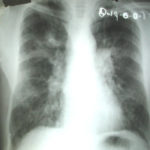 ,
, 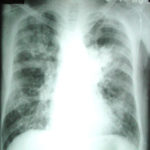 ,
, 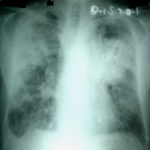 ,
, 
-
Patient EG Intraluminal aspergilloma in cystic fibrosis (12 months follow up)
The 21 year old woman with cystic fibrosis developed an aspergilloma in her left lower lobe bronchus. CF was diagnosed at 6 months of age (sweat chloride 78 and 100 mmol/L) and CFTR mutations δ508 and W1282X and she developed diabetes mellitus at age 12 years. Age 15 years ABPA was diagnosed. Her serum IgE at the time of diagnosis was 5060 IU/L, skin prick test for aspergillus was positive, and serum was positive for precipitating antibodies to Aspergillus. She was treated with oral prednisone (1 mg/kg/day) for first two weeks followed by prednisone at 0.5 mg/kg every other day for at least 6 months with some clinical and serologic improvement. Over the following 5 years, she presented with a pattern of repeated episodic exacerbations with wheezing and crackles, increases in IgE and need to increase prednisone dosage.
In the 12 months before the aspergillomas were found, she started to experience frequent pulmonary exacerbations, which have prompted intensive therapies. She has also been on oral prednisone & itraconazole for at least 9 months for her ABPA relapse with some clinical & serologic improvement. She then developed severe protracted coughing spells associated with minor hemoptysis, low grade intermittent fever, and weight loss. Her FEV1 declined in a 3 months period from 56% to 33%. A recent chest-x ray did not reveal any new changes when compared to the one obtained almost a year before. A CT scan of the chest, however shows an ovoid soft tissue density within an ectatic bronchi in the anterior basal segment of the lower left lobe, felt to be an aspergilloma. [Link here].
She was started on voriconazole 200 mg twice daily. This dose gave a random serum level of 5ug/L. Her prednisone was weaned to 5 mgs/day and her FEV1 increased to 46% of predicted. In January 2009, her IgE level was 3053 kU/L; one year later, her IgE level was 1167 kU/L. A lung transplant surgeon attempted unsuccessfully to remove the aspergilloma via flexible bronchoscopy. It took a while for her to recover from that procedure. She then had a pulmonary exacerbation. She tolerated voriconazole reasonably well and gaining some weight. By mid 2010, her IgE level was 637 IU/L.
In early 2011, her aspergilloma (yellow friable material) in the anterior segment of the left lower lobe was removed completely (Fig a and b). It took a little time, but with biopsy forceps and some mincing and homogenization, it was all sucked out. The 3D reconstruction (Fig c) only shows the area of bronchiectasis, not the aspergilloma.Dr. Turcios is the director of pediatric pulmonology/cystic fibrosis in Somerville, NJ.
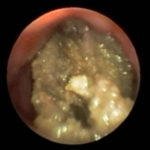 ,
, 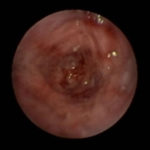 ,
, 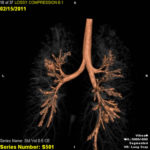
-
This patient is a 70 yr old, obese diabetic with aortic stenosis and COPD. He was admitted in early March 09, with collapse and loss of conciousness. His lungs appeared normal at this time – CT and X-ray 1. 10 days later he was admitted with increasing shortness of breath and chest X ray (F) showing widespread patchy consolidation. CT scan (B) showed bronchial dilatation, mucus plugging, nodular and bibasal consolidation. Multiple sputum samples grew Aspergillus fumigatus. The patient required intubation and remained in ITU for 160 days.
Bronchoscopy showed plaques in the major airways with more distal airways plugged with secretions resembling “cottage cheese”.There was severe contact bleeding and oedematous mucosa (I & J). Biopsy of the plaques showed fungal hyphae with a branching pattern consistent with aspergillus infection (G & H).
The patient was initially given IV and nebulised amphotericin B whilst on doses of hydrocortisone from 100-400 mg/day. Voriconazole was added with dose optimisation, and amphotericin discontinued. The patient improved gradually with voriconazole treatment over several months and for the latter month, gamma interferon was added into his regime which further improved his CT scan although some shadowing and bronchial wall thickening was still seen (D).
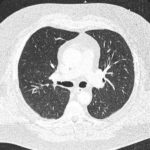 ,
, 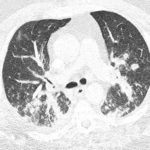 ,
, 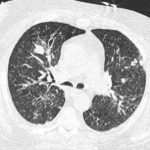 ,
,  ,
, 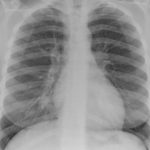 ,
, 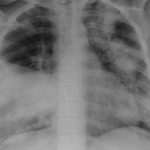 ,
,  ,
, 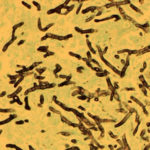 ,
,  ,
, 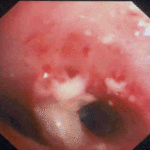
-
Hyphal septate club-like enlargements from culture on CYA 25°C medium (mag x100)
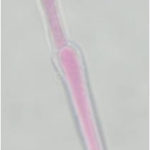
-
G Potassium hydroxide preparation of a nail specimen with onychomycosis- examined by microscopy
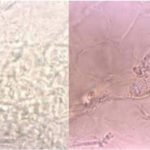
-
Culture plates on different media. A Colonies on CZ at 24oC, B on CYA at 20oC C on SAB at 37oC, D on CYA at 24oC


